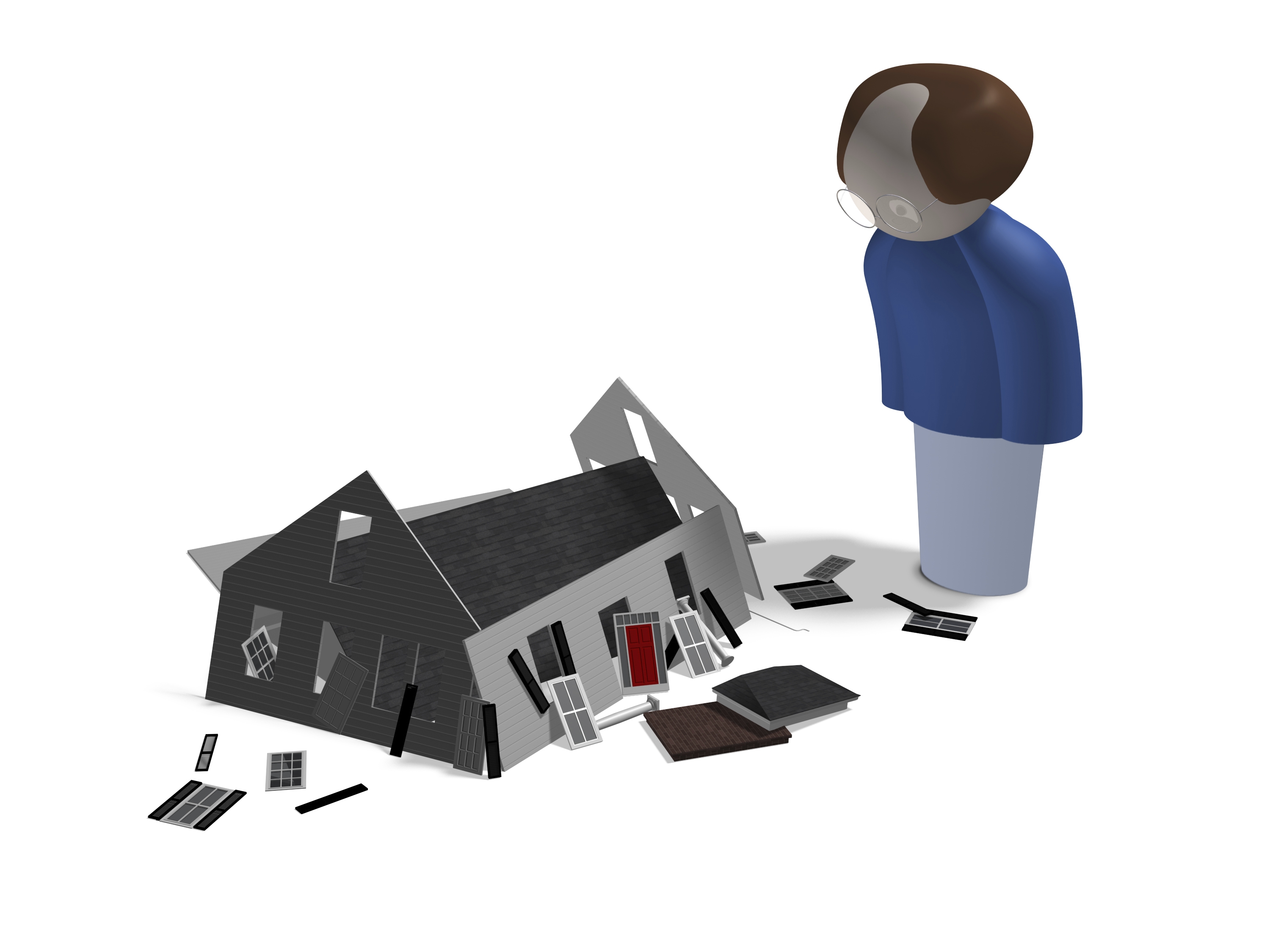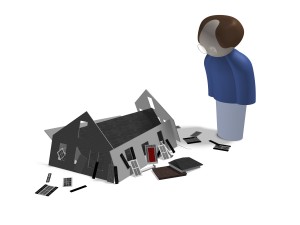According to USA Today, the repeat of last years’ extremely cold and snowy weather east of the Rockies is probably not going to happen but the typical colder winter air and precipitation is still expected. The time has come to protect your home from damage and insurance claims. Here are some tips to begin the process.
According to a recent press release, Chicago holds the top stop for more rats than any other city and fall is the prime time for rodents to seek shelter before the winter arrives. It only takes a hole the size of a quarter for a rat to squeeze inside and a hole the size of a dime for mice.
Orkin recommends the following tips to help prevent rodents around the home:
· Regularly inspect the home – inside and outside – for rodent droppings, rub marks or burrows.
· Seal all cracks and gaps around utility penetrations larger than 1/4 of an inch, as well as install weather stripping at the bottom of exterior doors.
· Trim overgrown branches, plants and bushes near the home, and consider keeping a 2-foot barrier between any landscaping and the home.
· Store all food (including pet food) and garbage properly in sealed containers both indoors and outdoors.
· Remove all pet bowls after animals are finished eating, and remove pet waste from the lawn promptly.
· Contact a pest professional for assistance managing rodents, as these pests can be dangerous and difficult to control.
So once your home is protected from rodents, then its time to make sure you tune up your heating system. This will include a cleaning and inspection of carbon monoxide leakage. Carbon monoxide detectors should also be checked and replaced if necessary.
Clean out gutters as the leaves clog and check that they are in decent shape. Otherwise clogged gutters create ice dams on your roof. While the ladder is up, scan your roof for any broken shingles. If you belong to a home association, find out what is their responsibility to winterize your home.
Check to make sure your wood burning fireplace and chimney flue is clear of debris. According to the National Fire Protection Association, this is the second leading cause of house fires.
Caulk cracks around windows and doors to eliminate drafts. Water resistant caulk works well outside of buildings. Add weather stripping to doors and windows.
Install storm windows, if you have them or plastic wrap on the inside of the windows. Fitting the plastic wrap correctly with tape and shrink drying with a hair dryer really does make a difference in drafts and heating bills.
Make sure driveways are fixed if potholes and cracks have caused damage.
Wrap exposed pipes with foam insulation or pipe wrap.
Always have an emergency kit well-stocked.
Most homeowners policies will not pay for damage due to poor maintenance. If the collapse of a roof, for example, is caused by the weight of ice and snow, damage to buildings is typically covered, subject to your policy limits for this type of damage. Structures that are not buildings, such as fences, swimming pools or septic tanks, aren’t covered if winter weather causes them to collapse.
Damage from a leaking roof is usually covered, subject to the limits of your policy. If a storm has damaged the roof, the related roof repair is also typically covered. However, if the leak results from worn or poorly installed roofing or flashing, only the resulting interior damage is covered.













